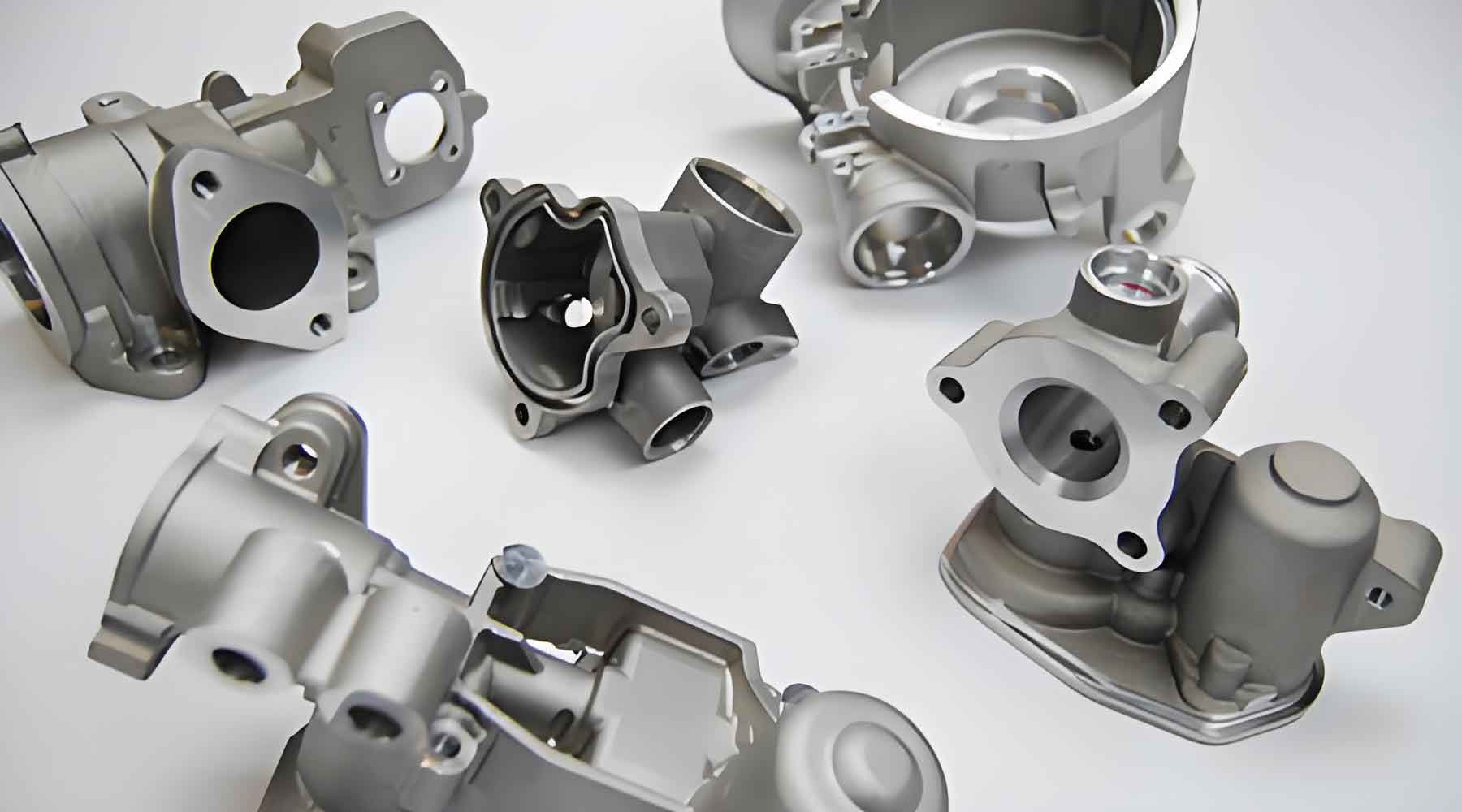Centrifugal impellers, as high-speed rotating components in compressors, demand exceptional dimensional accuracy due to their complex blade geometry. This study explores an optimized precision investment casting process integrating 3D printing and silicone mold replication to overcome traditional manufacturing challenges. The methodology demonstrates significant improvements in surface quality and structural integrity compared to conventional approaches.

1. Wax Pattern Fabrication
The process begins with Fused Deposition Modeling (FDM) 3D printing using ABS material to create the master pattern. Critical printing parameters follow the relationship:
$$ Q = v \cdot \eta \cdot (1 – \phi) $$
Where \( Q \) represents material flow rate (mm³/s), \( v \) nozzle speed (mm/s), \( η \) material viscosity (Pa·s), and \( φ \) infill density (80% in this study). Silicone mold replication then produces dual-part molds for wax injection, achieving dimensional tolerances within ±0.15 mm.
| Component | Ratio | Curing Time | Shore Hardness |
|---|---|---|---|
| Silicone Base | 100% | 4-6 hrs | 40A |
| Catalyst | 3% |
2. Gating System Optimization
Comparative analysis of top-pour and bottom-gate designs revealed distinct flow characteristics described by:
$$ \frac{\partial u}{\partial t} + (u \cdot \nabla)u = -\frac{1}{\rho}\nabla p + \nu\nabla^2u + g $$
Where \( u \) = fluid velocity, \( p \) = pressure, and \( ν \) = kinematic viscosity. Bottom-gating reduced turbulence intensity by 62% compared to top-pour systems, as quantified in Table 2.
| Parameter | Top-Pour | Bottom-Gate |
|---|---|---|
| Filling Time (s) | 4.2 | 5.8 |
| Velocity Peak (m/s) | 1.35 | 0.82 |
| Turbulence Kinetic Energy (J) | 0.47 | 0.18 |
3. Ceramic Shell Formation
The precision investment casting process employed a gypsum-quartz slurry with composition:
$$ W/P = \frac{m_w}{m_p} = 0.39 \pm 0.02 $$
Where \( m_w \) = water mass and \( m_p \) = powder mass. Vacuum degassing at 0.08 MPa for 90 seconds achieved bubble-free slurry deposition.
4. Dewaxing and Thermal Processing
The multi-stage dewaxing protocol followed the thermal profile:
$$ T(t) = \begin{cases}
80^\circ C & 0 \leq t < 2 \\
200^\circ C & 2 \leq t < 4 \\
400^\circ C & 4 \leq t < 6 \\
600^\circ C & 6 \leq t < 8 \\
730^\circ C & 8 \leq t < 12 \\
\end{cases} $$
This gradual heating cycle minimized thermal stresses, calculated as:
$$ \sigma_{thermal} = E \cdot \alpha \cdot \Delta T $$
Where \( E \) = Young’s modulus (15 GPa), \( α \) = thermal expansion coefficient (8.5×10⁻⁶/°C), and \( ΔT \) = temperature gradient.
5. Metal Casting and Results
Aluminum alloy A356-T6 casting at 720°C with vacuum-assisted filling produced impellers meeting ISO 2768-m precision standards. Key quality metrics included:
- Surface roughness: Ra 3.2-6.3 μm
- Dimensional accuracy: IT12-IT13
- Blade thickness consistency: ±0.2 mm
This precision investment casting approach demonstrates significant advantages for complex turbomachinery components, particularly when combined with additive manufacturing and advanced mold replication techniques. The methodology achieves 98.6% geometric fidelity compared to digital models while reducing lead time by 40% versus conventional pattern-making processes.
